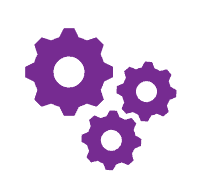Hardware Procurement,
There is a point where hardware becomes end of life and end of support, which basically means it is too outdated to perform efficiently. Despite hardware being more reliable with new technologies put in place, they will inevitably need to be replaced.
During tight budget constraints, these steps to extend the life of the hardware may be necessary, however, sometimes we are pushing the hardware to its limits and increasing the likelihood of outages and future downtime.
The balance between getting maximum value out of the hardware and optimising your budgets requires business strategic planning for hardware refresh cycles with the key being identification of performance, energy efficient requirements and the risk of hardware failure to justify a new purchase.
Are you in Need of New Hardware?
The first step is to understand if you actually need new hardware. When reviewing the health of your hardware, these two signs show it may be time for a refresh.

PERFORMANCE ISSUES
When your systems begin to slow down so does your charity productivity. These performance issues can be caused by a lot of different factors, but in the end, no matter how well maintained the hardware, eventually a device will become end of life. Adding more memory or faster drives can increase the performance, but not all systems can be upgraded ( or upgraded further) and often this is not the most cost-effective option.

CONSTANT OUTAGES
Where an aging system starts out with performance issues, this can lead into whole system outages. These outages halt charity productivity and cost you time and money. On average, hardware related disaster costs 30 hours of time to recover and that’s not including the blow out in budgeted IT costs. When an outage occurs repeatedly it moves from being an incident into a problem and needs to be investigated further. If the issue is related to a hardware refresh cycle, please keep in mind that a hardware failure will cost you more in time and recovery.

PROACTIVE HARDWARE REFRESH STRATEGY
While these are indicators of hardware failure, it is best to stay ahead of the curve with a Proactive Hardware Refresh Strategy. With an up-to-date strategic plan in place, you can budget out the usable life-cycle of your hardware and have your budget in place for when they are due to hit their end of life target. Regular system health checks and maintenance will also help to keep things running smoothly and prevent unexpected failures.

